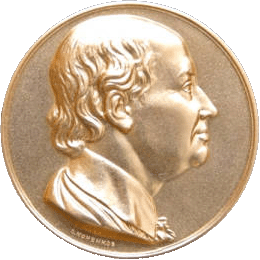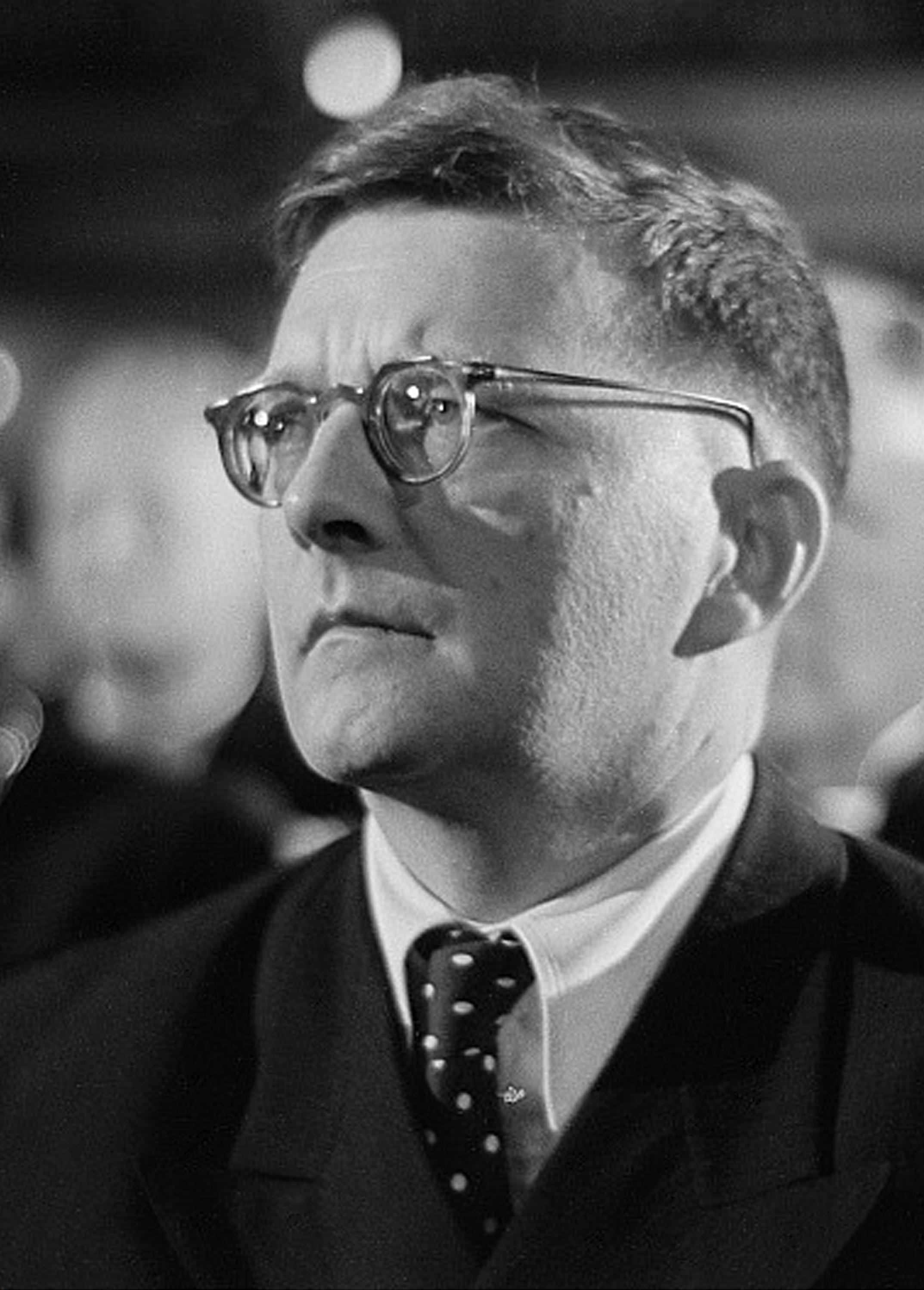|
Hero Of Socialist Labour (USSR)
The Hero of Socialist Labour (russian: links=no, Герой Социалистического Труда, Geroy Sotsialisticheskogo Truda) was an honorific title in the Soviet Union and other Warsaw Pact countries from 1938 to 1991. It represented the highest degree of distinction in the USSR and was awarded for exceptional achievements in Soviet industry and culture. It provided a similar status to the title of Hero of the Soviet Union, which was awarded for heroic deeds, but differed in that it was not awarded to foreign citizens. History The Title "Hero of Socialist Labour" was introduced by decree of the Presidium of the Supreme Soviet of the Soviet Union on December 27, 1938. Originally, Heroes of Socialist Labour were awarded the highest decoration of the Soviet Union, the Order of Lenin, and a diploma from the Presidium of the Supreme Soviet of the Soviet Union. In order to distinguish the Heroes of Socialist Labour from other Order of Lenin recipients, the "Hammer a ... [...More Info...] [...Related Items...] OR: [Wikipedia] [Google] [Baidu] |
Hero Of Labour Of The Russian Federation
Hero of Labour of the Russian Federation (russian: Герой Труда Российской Федерации) is a state award of Russia. The title is awarded to citizens of Russia for special services in labour to the state and its people associated with the achievement of outstanding results in public, social and economic activities aimed at ensuring the welfare and prosperity of Russia. The award was established by Russian President Vladimir Putin by Presidential Decree №294 of March 29, 2013, "On establishing the Hero of Labour of the Russian Federation".Установлено звание Героя Труда ''Администрация Президента РФ'', 29.3.2013. This award is seen as the successor of |
Boris Shpitalny
Boris Gavriilovich Shpitalny (russian: Борис Гавриилович Шпитальный; – 6 February 1972) was a Soviet designer of aircraft guns and cannons and one of the first people awarded the title Hero of Socialist Labor. Career Boris Shpitalny graduated from MAMI Moscow State Technical University in 1927. Three years later, Boris Shpitalny together with Irinarkh Komaritsky designed the ShKAS machine gun, a 7.62 mm machine gun widely used by Soviet aircraft in the 1930s and during World War II. In 1939, a small number of Ultra-ShKAS were produced featuring a firing rate of 3,000 rounds per minute, but these saw only limited use due to reliability problems. ShKAS served as the basis for the ShVAK cannon in 1936 (designed in collaboration with Semyon Vladimirov). This 20-mm autocannon was installed in many Soviet aircraft including Yakovlev Yak-1, Polikarpov I-153 and I-16, Lavochkin La-5 and La-7, LaGG-3, early Ilyushin Il-2, and Soviet-modified Hawker Hurric ... [...More Info...] [...Related Items...] OR: [Wikipedia] [Google] [Baidu] |
Boris Vannikov
Boris Lvovich Vannikov (russian: Бори́с Льво́вич Ва́нников; 26 August 1897 – 22 February 1962) was a Soviet government official and three-star general. Vannikov was People's Commissar for Defense Industry from December 1937 until January 1939 and People's Commissar for Armament from January 1939 through June 1941. On June 7, 1941, Vannikov was arrested for "failing to carry out his duties" and was condemned to death. However, as the war with Germany started on 22 June, Vannikov was released on 25 July 1941 and then appointed People's Commissar for Ammunition from February 1942 through June 1946. Two siblings of his died during fighting in World War II. From 1945 through 1953 Vannikov was Head of the 1st Main Directorate of the Council of People's Commissars of the USSR. In this position Vannikov worked under direct leadership of Lavrenty Beria overseeing the Soviet atomic bomb project. He inadvertently helped the nuclear scientists Yulii Khariton and I ... [...More Info...] [...Related Items...] OR: [Wikipedia] [Google] [Baidu] |
Anatoly Alexandrov (physicist)
Anatoly Petrovich Alexandrov (russian: Анатолий Петрович Александров, 13 February 1903–3 February 1994), also known as A.P. Alexandrov, , was a Russian physicist who played a crucial and centralizing role in the former Soviet program of nuclear weapons. During his lifetime, Alexandrov was the recipient of many honors, civil citations, and state awards for this work and was also the director of the Kurchatov Institute and the President of the Soviet Academy of Sciences from 1975 until 1986. Early life Anatoly Alexandrov was born on 13 February 1903 into the family of a prominent judge in the town of Tarashcha, Kiev Governorate, Russian Empire (now located in modern-day Ukraine). In 1919, at the height of the Russian Civil War, Alexandrov graduated from high school in Kiev. The certificate gave the right to enter the university at the physics and mathematics or medical faculty. When the Red Army captured Kiev on February 5, 1919, Alexandrov and a ... [...More Info...] [...Related Items...] OR: [Wikipedia] [Google] [Baidu] |
Dissolution Of The Soviet Union
The dissolution of the Soviet Union, also negatively connoted as rus, Разва́л Сове́тского Сою́за, r=Razvál Sovétskogo Soyúza, ''Ruining of the Soviet Union''. was the process of internal disintegration within the Soviet Union (USSR) which resulted in the end of the country's and its federal government's existence as a sovereign state, thereby resulting in its constituent republics gaining full sovereignty on 26 December 1991. It brought an end to General Secretary Mikhail Gorbachev's (later also President) effort to reform the Soviet political and economic system in an attempt to stop a period of political stalemate and economic backslide. The Soviet Union had experienced internal stagnation and ethnic separatism. Although highly centralized until its final years, the country was made up of fifteen top-level republics that served as homelands for different ethnicities. By late 1991, amid a catastrophic political crisis, with several republics alre ... [...More Info...] [...Related Items...] OR: [Wikipedia] [Google] [Baidu] |
Andrei Tupolev
Andrei Nikolayevich Tupolev (russian: Андрей Николаевич Туполев; – 23 December 1972) was a Russian Empire, Russian and later Soviet Union, Soviet aeronautical engineer known for his pioneering aircraft designs as Director of the Tupolev Design Bureau. Tupolev was an early pioneer of aeronautics in Russia and served as a protégé of Nikolay Zhukovsky (scientist), Nikolay Zhukovsky. Tupolev designed or oversaw the design of more than 100 types of civilian and military aircraft in the Soviet Union over 50 years, some of which set 78 world records. Tupolev produced many notable designs such as the Tupolev Tu-2, Tu-2, Tupolev Tu-16, Tu-16, Tupolev Tu-95, Tu-95, and Tupolev Tu-104, Tu-104, and the reverse engineered Tu-4. Tupolev was highly honoured in the Soviet Union and awarded various titles and honours including the Hero of Socialist Labor three times, Order of Lenin eight times, Order of the Red Banner of Labour two times, made an academician of th ... [...More Info...] [...Related Items...] OR: [Wikipedia] [Google] [Baidu] |
Peter Andreevich Tkachev
Peter Andreevich Tkachev was a Russian weapons engineer for TsNIITochMash. He is known to have worked on and modified various weapons such as the AO-38, AO-46, AO-62 and AO-63 assault rifles as well as developing the Balanced Automatics Recoil System (BARS) used in the AK-107 The AK-107 is a List of modern Russian small arms and light weapons, Russian 5.45×39mm assault rifle developed from the AK-100 (Rifle family), AK-100-series. It features a "balanced" operating system, similar to that used in the AEK-971. In this ...."Солдат удачи" номер 9 (72) 2000 Д.Ширяев "Кто изобрел автомат Калашникова" References External links Firearm designers Russian inventors Soviet engineers Heroes of Socialist Labour {{russia-engineer-stub ... [...More Info...] [...Related Items...] OR: [Wikipedia] [Google] [Baidu] |
Dmitri Shostakovich
Dmitri Dmitriyevich Shostakovich, , group=n (9 August 1975) was a Soviet-era Russian composer and pianist who became internationally known after the premiere of his Symphony No. 1 (Shostakovich), First Symphony in 1926 and was regarded throughout his life as a major composer. Shostakovich achieved early fame in the Soviet Union, but had a complex relationship with its government. His 1934 opera ''Lady Macbeth of Mtsensk (opera), Lady Macbeth of Mtsensk'' was initially a success, but eventually was Muddle Instead of Music, condemned by the Soviet government, putting his career at risk. In 1948 his work was #Second denunciation, denounced under the Zhdanov Doctrine, with professional consequences lasting several years. Even after his censure was On the Cult of Personality and Its Consequences, rescinded in 1956, performances of his music were occasionally subject to state interventions, as with his Symphony No. 13 (Shostakovich), Thirteenth Symphony (1962). Shostakovich was a m ... [...More Info...] [...Related Items...] OR: [Wikipedia] [Google] [Baidu] |
Alexander Tselikov
Alexander Ivanovich Tselikov (russian: Александр Иванович Це́ликов; 20 April 1904, in Moscow – 28 October 1984, in Moscow) was a Soviet metallurgist, industrial machines designer, and Hero of Socialist Labor (1964, 1984). He was elected a corresponding member of the Academy of Sciences of the USSR in 1953 and full member (academician An academician is a full member of an artistic, literary, engineering, or scientific academy. In many countries, it is an honorific title used to denote a full member of an academy that has a strong influence on national scientific life. In syst ...) in 1964. 1904 births 1984 deaths Heroes of Socialist Labour Full Members of the USSR Academy of Sciences Engineers from Moscow Soviet metallurgists {{USSR-scientist-stub ... [...More Info...] [...Related Items...] OR: [Wikipedia] [Google] [Baidu] |
Emilian Bukov
Emilian Bucov or Bukov (; in Kiliya, Odessa Oblast, Ukraine – 17 October 1984) was a Soviet and Moldavian writer and poet, recognized with the State Prize of the Moldavian SSR and honorary title of People's Writer of the Moldavian SSR (1982). He studied at the Bucharest University and took part in underground communist movement. Bukov was awarded the Hero of Socialist Labour in 1979 for his work, the Order of Lenin medal twice and the Order of the Red Banner of Labour, twice. Biography Professional and political activity He was born in a poor Lipovan and Moldovan family, he graduated from, after overcoming material difficulties, the "B.P. Hașdeu" lyceum in Chișinău (1930) and then, the Faculty of Letters and Philosophy of the University of Bucharest (1936). As a student, he became a member of the Union of Communist Youth and unlawfully carries out various political activities. From 1940 he fled to Moscow and contributes through his lyrics to the dissemination of anti-Romani ... [...More Info...] [...Related Items...] OR: [Wikipedia] [Google] [Baidu] |
Nikolay Mikhaylovich Afanasyev
Nikolay Mikhailovich Afanasyev (russian: Николай Михайлович Афанасьев; 14 November 1916 – 15 March 2009), also known as Nicolai Michaelovich Afanasiev, was a Russian firearms designer.Памяти Николая Михайловича Афанасьева , ''КАЛАШНИКОВ. ОРУЖИЕ, БОЕПРИПАСЫ, СНАРЯЖЕНИЕ'' 2009/4, p. 24 Biography Nicolai Michaelovitch Afanasiev was born in Russia on 14 November 1916 in . In 1938 he graduated from a |
Mikhail Kalashnikov
Mikhail Timofeyevich Kalashnikov ( rus, Михаи́л Тимофе́евич Кала́шников, p=kɐˈlaʂnʲɪkəf; 10 November 1919 – 23 December 2013) was a Soviet and Russian lieutenant general, inventor, military engineer, writer, and small arms designer. He is most famous for developing the AK-47 assault rifle and its improvements, the AKM and AK-74, as well as the PK machine gun and RPK light machine gun. Kalashnikov was, according to himself, a self-taught tinkerer who combined innate mechanical skills with the study of weaponry to design arms that achieved battlefield ubiquity. Even though Kalashnikov felt sorrow at the weapons' uncontrolled distribution, he took pride in his inventions and in their reputation for reliability, emphasizing that his rifle is "a weapon of defense" and "not a weapon for offense". Early life Kalashnikov was born in the village of Kurya, in present-day Altai Krai, Russia, as the seventeenth child of the 19 children of Aleksandra F ... [...More Info...] [...Related Items...] OR: [Wikipedia] [Google] [Baidu] |
.jpg)

.jpg)

._(14465798449).jpg)
.jpg)